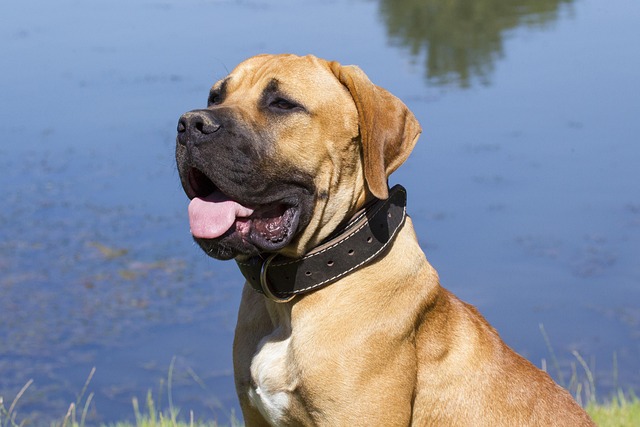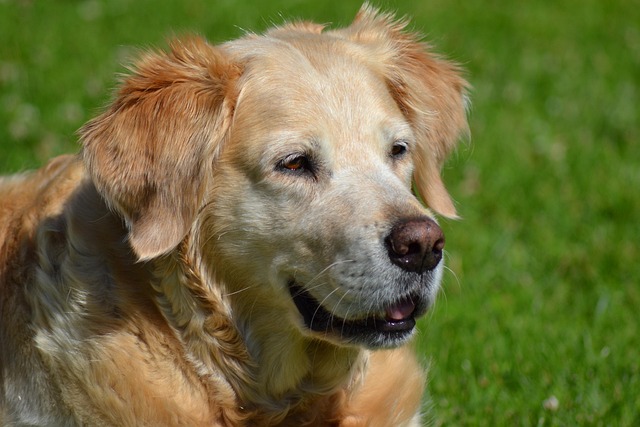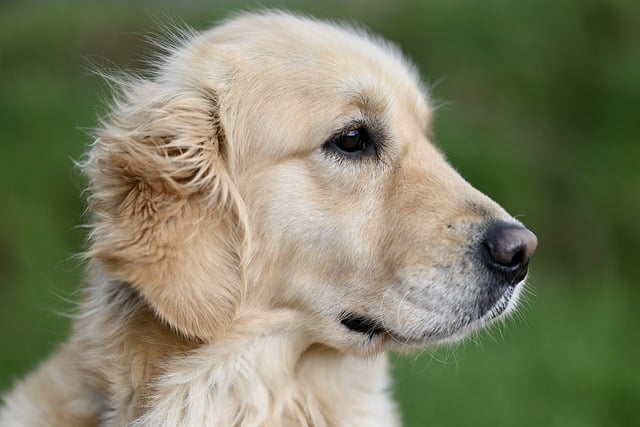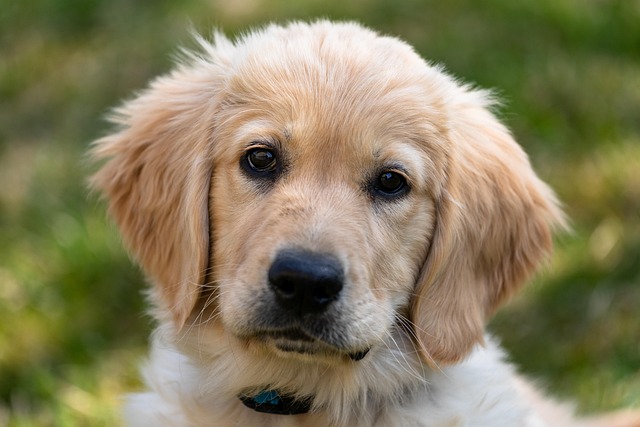It’s a common question that arises naturally for health-conscious pet owners: you’re looking at your German Shepherd’s dry, cracked pads after a hike in the dry Colorado air, and you wonder if that bottle of lavender essential oil on your shelf could work better than simple olive oil. While the intention is wonderful, the answer requires serious caution. Essential oils are highly concentrated plant extracts, and a dog’s physiology is very different from ours. Their bodies lack certain enzymes to properly metabolize these potent compounds, and applying them directly to the skin—especially already irritated paws that a dog will likely lick—can lead to toxicity. Symptoms can range from mild skin irritation to vomiting, lethargy, or even neurological issues. Olive oil, while not a perfect solution, is generally considered a much safer, milder option for occasional, superficial dryness because it’s a food-grade fat.
The science behind this is critical. A dog’s sense of smell is exponentially more powerful than a human's. What we perceive as a gentle aroma can be overwhelming and stressful for them, potentially triggering respiratory irritation. Furthermore, many essential oils—including tea tree, wintergreen, and pennyroyal—are known to be toxic to dogs even in small amounts. The safer approach is to use products specifically formulated for canine paw care, which are pH-balanced and free from irritating ingredients. If you do use a small amount of olive oil as a temporary moisturizer, the key is to distract your dog from licking it off for a short period. This is where positive reinforcement shines; offering a favorite chew toy or a stuffed Kong after application turns the process into a positive experience, aligning with the force-free, reward-based training methods that are the standard of care in modern American and European pet culture.

For effective and safe paw care, prevention is your best strategy. For city dogs walking on salted winter sidewalks in Chicago or hot summer pavements in Phoenix, consider using protective dog booties or applying a veterinarian-recommended paw wax before heading out. After walks, a simple rinse with lukewarm water or a wipe with a damp cloth can remove harmful irritants. This proactive approach is part of being a responsible pet owner, which extends to legal and social responsibilities. Before you even worry about paw care, ensuring your dog’s rabies vaccination and local licensing are up-to-date is a fundamental legal requirement for their safety and public health. Similarly, the habitual act of carrying waste bags and cleaning up immediately during walks is a non-negotiable social contract in communities across the U.S., reflecting a shared respect for public spaces.
Ultimately, when it comes to your dog’s health, it’s wise to choose proven safety over trendy remedies. Consulting your veterinarian before using any home treatment is always the best first step. They can recommend products designed for animals and rule out underlying issues like allergies or infections that might be causing the dryness. By prioritizing safe, vet-approved solutions, you ensure your dog’s well-being while strengthening the bond of trust you share.






